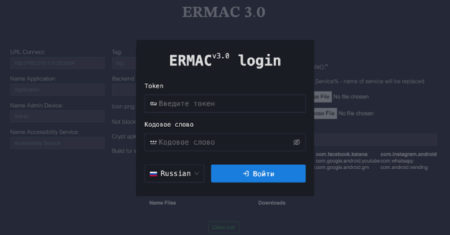CVE ID : CVE-2025-53358
Published : July 2, 2025, 4:15 p.m. | 3 hours, 27 minutes ago
Description : kotaemon is an open-source RAG-based tool for document comprehension. From versions 0.10.6 and prior, in libs/ktem/ktem/index/file/ui.py, the index_fn method accepts both URLs and local file paths without validation. The pipeline streams these paths directly and stores them, enabling attackers to traverse directories (e.g. ../../../../../.env) and exfiltrate sensitive files. This issue has been patched via commit 37cdc28, in version 0.10.7 which has not been made public at time of publication.
Severity: 6.5 | MEDIUM
Visit the link for more details, such as CVSS details, affected products, timeline, and more…
Source: Read More

